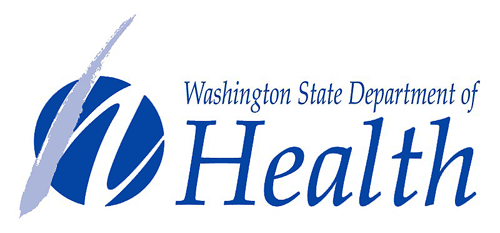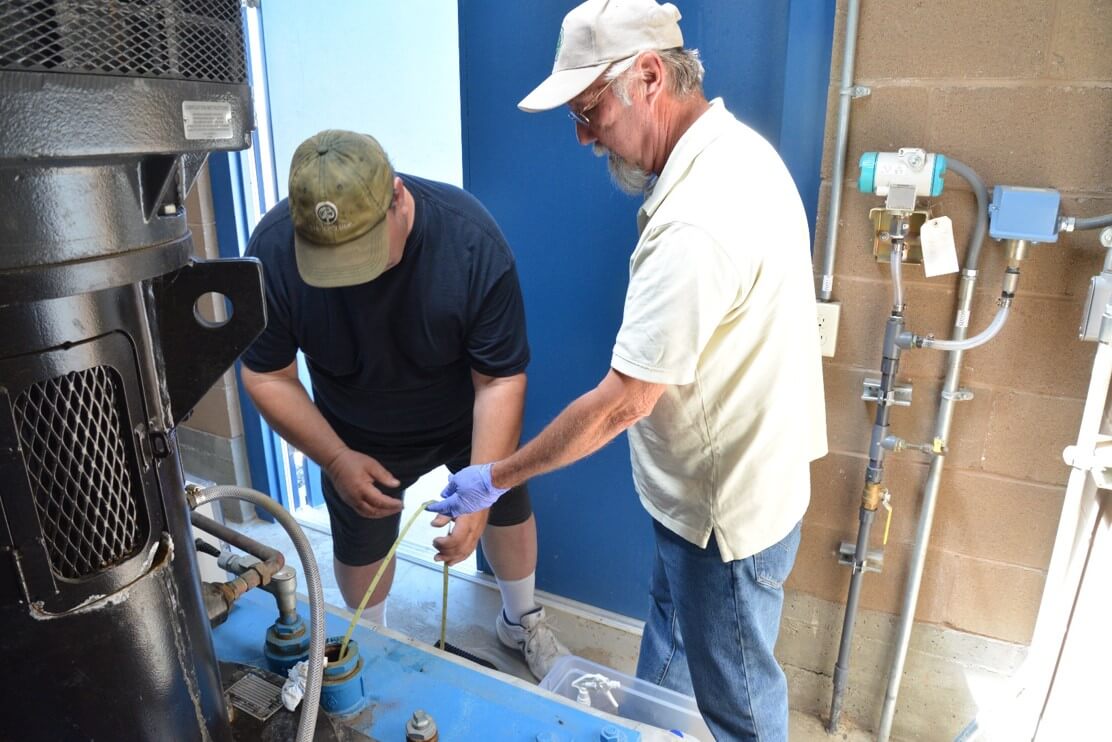25 Jul Dept. of Health raises awareness about declining water levels in Mid-Columbia Basin
Article courtesy of Mike Dexel, Water Resources Policy Lead, Water Use Efficiency, Office of Drinking Water, Washington State Department of Health
 The gradual decline of ground water supplies in the mid-Columbia Basin over the last few decades is starting to raise concerns for the Department of Health Office of Drinking Water (Health) and public water suppliers. Since the release of the 2013 US Geological Survey (USGS) report and subsequent Columbia Basin Ground Water Management Area (CBGWMA) study, Health contacted well over 100 public water systems to find out whether they have enough water to meet current and future demand.
The gradual decline of ground water supplies in the mid-Columbia Basin over the last few decades is starting to raise concerns for the Department of Health Office of Drinking Water (Health) and public water suppliers. Since the release of the 2013 US Geological Survey (USGS) report and subsequent Columbia Basin Ground Water Management Area (CBGWMA) study, Health contacted well over 100 public water systems to find out whether they have enough water to meet current and future demand.
In addition to the impacts of the Odessa Aquifer decline on agriculture, public agencies are raising concern about water supplies for other purposes such as municipal and domestic water. Of greatest interest to Health is to learn more about what’s being done by these public water purveyors to track and monitor water levels in each of their wells. Raising awareness about declining ground water is consistent with Health’s mission to ensure reliable water supplies.

The aforementioned reports revealed some startling statistics about the Mid-Columbia Basin:
- The USGS report, Ground Water Depletion in the US, measured ground water level declines in 83 percent of wells and noted that the greatest declines are in the deeper aquifers. Water levels in almost one-third of the wells were found to have dropped by more than 20 feet in recent years. (http://pubs.usgs.gov/sir/2013/5079/)
- The CBGWMA report concluded that at least half of the 25 municipalities studied in Adams, Franklin, Grant, and Lincoln counties probably will not be able to meet their future water needs. (http://cbgwma.org/) Some of the risk factors include: static and dynamic ground water level decline rates in excess of two feet per year; dynamic drawdowns of over 100 feet; geochemical data indicating wells are pumping fossil ground water with little or no modern recharge; and projected future water demand exceeding current pumping capacity by 2030.
Knowing that irrigation of local farms in this area accounts for up to 90% of total water use, Health wants to know more about how the public water supply wells have been or may be impacted. Because ground water supplies are being pumped faster than the aquifers can recharge, declining water supplies could become a substantial public health problem if not addressed with diligence. This will have big impacts on not just one or two water systems, but potentially a large number of communities.
Since 2011, Health has been working with the Department of Ecology Office of the Columbia River to strategize how the agencies can provide assistance to help communities in the four-county area plan for long-term, sustainable water supplies.
In 2013, Health sent a questionnaire to 25 cities and towns to understand their needs and challenges in meeting water demand. In January 2014, they met with the municipalities and other stakeholders in Moses Lake to hear their stories and start a conversation about what Health can do better to assist them. What they’ve heard so far is that water systems managers care deeply about making sure their wells are productive, sustainable, and, most of all, reliable.
Health has talked about the importance of measuring water levels to understand how regional water declines truly affect major production wells. Many water systems managers are thinking about what they can do now to help mitigate their impact on the amount of water they pump from the aquifer through better conservation programs and repair or replacement of leaking infrastructure. While water efficiency is a tool in the toolbox, more must be done.
Developing new water supplies comes with its own challenges. Some purveyors consider drilling deeper to get the water they need to meet demand, but that raises the question of whether that’s a long-term solution or short-term fix. Plus, there are issues with water quality and the need to treat the water coming from deeper levels. Others consider whether tapping into a shallower aquifer is the best option, but with that comes the concerns of shallow aquifer contaminants that must be treated. And for a select few, surface water sources might be an option. But building a new surface water treatment plant and operations generally come at a higher cost than ground water. There is no one-solution-fits-all approach.
Most recently, Health has been and will continue to work with technical assistance providers to meet one-on-one with water purveyors, large and small, to help them understand:
- Why they should take steps now to plan for the next source of supply.
- The importance of taking more frequent water level measurements.
- How to implement a more aggressive Water Use Efficiency Program.
- Whether they have put together a water shortage response plan.
- Why they should raise awareness amongst the local decision makers about a declining water supply so they can act before it’s too late.
Health is committed to providing assistance to public water suppliers facing water supply challenges affected by declining ground water supplies in the Columbia Basin, now and for the long-term, to ensure a more reliable future water supply.
To learn more about what Health is doing to address the declining water supply in this area, contact Mike Dexel at (360) 236-3154 or michael.dexel@doh.wa.gov.
